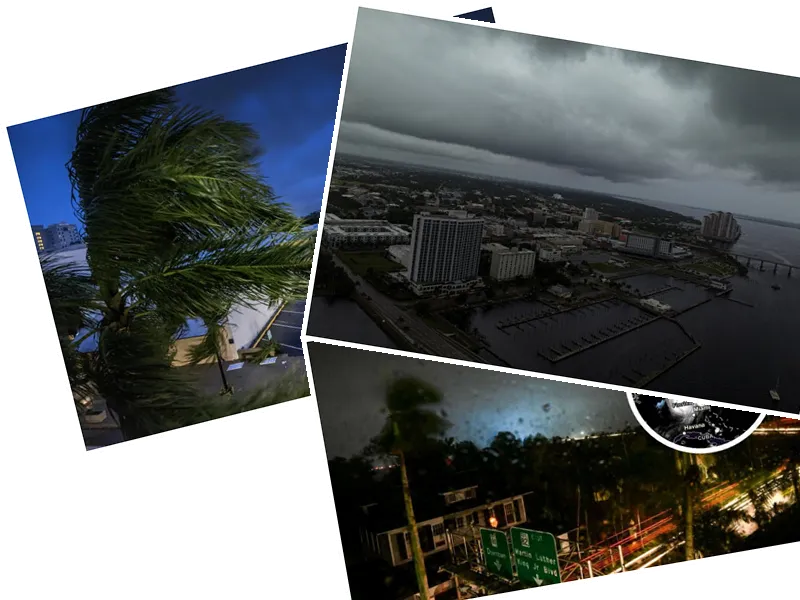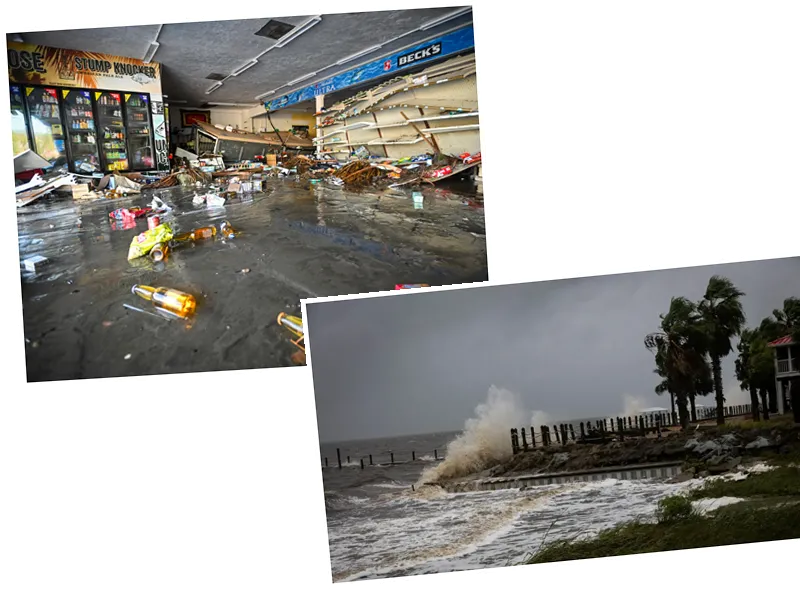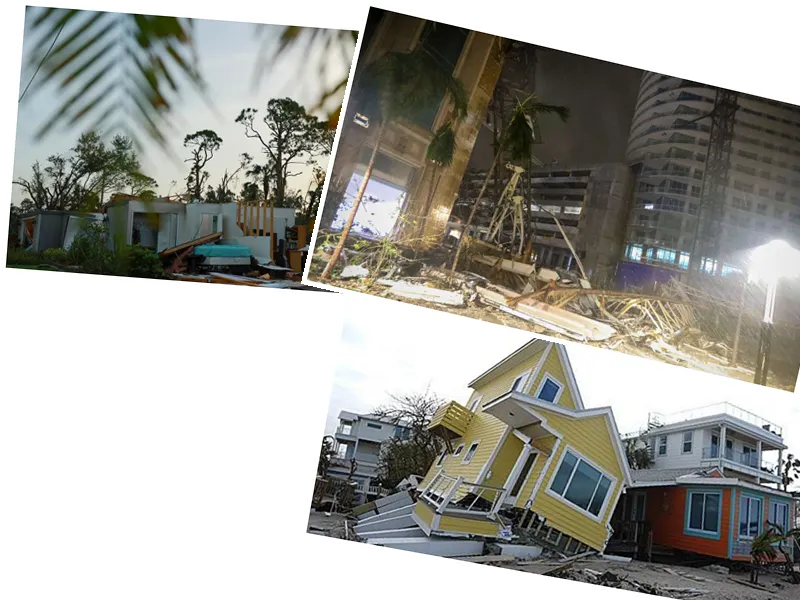At least nine people have died after Hurricane Beryl made landfall in southeast Texas and Louisiana, causing widespread devastation and leaving nearly three million families without electricity. Beryl, which initially entered the United States as a Category One hurricane, was later downgraded to a tropical storm. The hurricane had already caused at least ten deaths in the Caribbean before hitting the U.S.
In Texas, the storm led to the deaths of several individuals, including a 53-year-old man and a 74-year-old woman who were killed by falling trees. Harris County Sheriff Ed González confirmed these fatalities, highlighting the severe impact of the storm on local communities. Houston, in particular, experienced heavy rain, gusty winds, and significant flooding, with numerous images of the destruction circulating on social media.
The U.S. National Hurricane Center (NHC) issued warnings for life-threatening storm surges, wind gusts, and flooding across East Texas. Tornado warnings were also in effect for parts of Texas, Arkansas, and Louisiana. The storm, which initially had winds of 250 km/h, lost strength after making landfall but continued to cause significant damage as a tropical storm.
Beryl's impact extended beyond the United States. In the Caribbean, the hurricane resulted in seven fatalities, including three in Grenada, one in Saint Vincent and the Grenadines, and three in Venezuela. As Beryl moved towards the U.S., it regained some strength before making landfall near Matagorda, Texas, with winds close to 130 km/h.
The storm caused widespread power outages, with over 2.6 million customers in Texas without electricity on Monday morning. Houston's George Bush Intercontinental Airport reported numerous flight cancellations due to the severe weather. Emergency agencies maintained flood alerts for various areas in Texas, and some coastal cities conducted evacuations.
Beryl, the first hurricane of the Atlantic season, has been closely monitored by authorities, including the White House. The NHC forecasts that Beryl will continue to weaken and become a post-tropical cyclone. Scientists have linked the early onset and intensity of the hurricane season to climate change, which increases water temperatures and the likelihood of rapid storm intensification.






